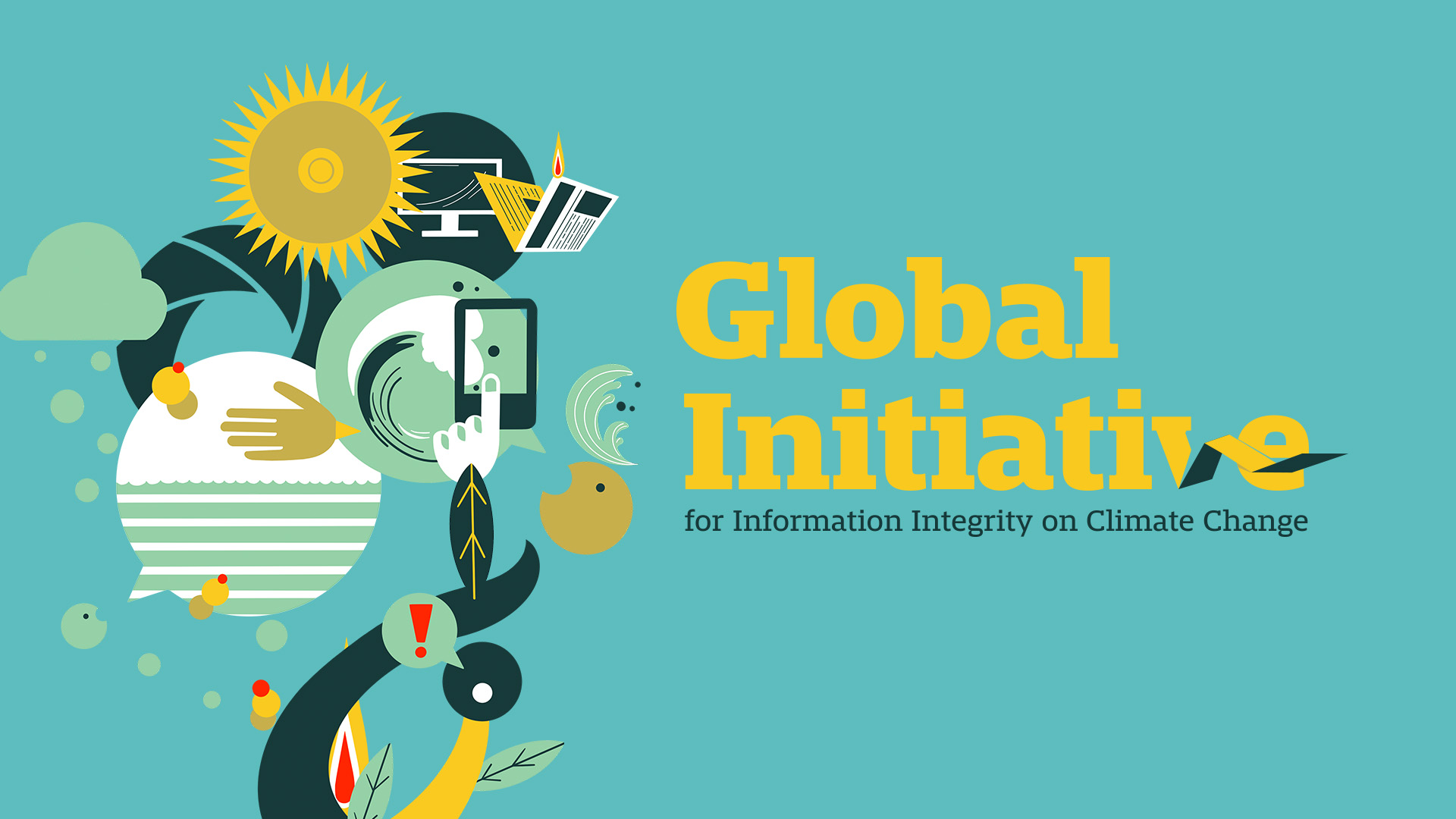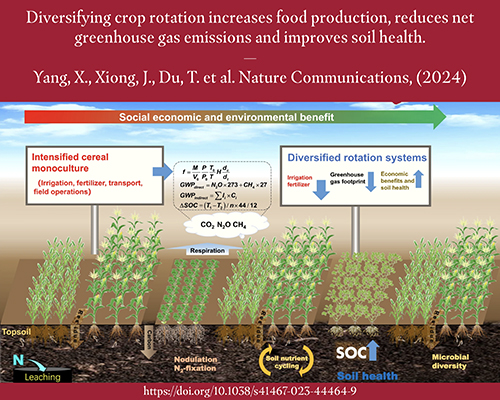Formula 1 Sustainability Progress Report: Advancing the UN Sustainable Development Goals
Executive Summary: Net Zero 2030 Commitment
Formula 1 is demonstrating significant progress towards its Net Zero by 2030 target, a core component of its commitment to SDG 13 (Climate Action). As of the end of 2024, the organization has achieved a 26% reduction in its total carbon emissions compared to the 2018 baseline. This accomplishment is particularly noteworthy as it occurred during a period of substantial growth, which saw an expansion of the race calendar, a surge in event attendance from 4 million to 6.5 million, and an increase in the global fanbase to over 826 million. Without these sustainability interventions, the sport’s carbon footprint was projected to increase by an estimated 10%.
The latest data confirms that Formula 1 is over halfway to its minimum 50% emissions reduction goal. The total carbon footprint has been reduced from a revised 2018 baseline of 228,793 tCO2e to 168,720 tCO2e in 2024.
Strategic Alignment with Sustainable Development Goals
SDG 13: Climate Action & SDG 7: Affordable and Clean Energy
Formula 1’s strategy is fundamentally aligned with taking urgent action to combat climate change. The Net Zero 2030 initiative is the primary driver, supported by tangible actions that also advance clean energy goals.
- Transition to Renewables: A 59% reduction in emissions from factories and facilities has been achieved by transitioning F1 and team sites to renewable energy sources, directly contributing to SDG 7.
- Event Power: 80% of race promoters now utilize alternative energy sources, including solar and biofuels, to power their events, with plans for universal adoption in the coming years.
- Sustainable Fuels: The introduction of advanced sustainable fuels in all F1 cars from next year will be a landmark step, showcasing innovation that can be applied to broader transport sectors.
SDG 9: Industry, Innovation, and Infrastructure & SDG 12: Responsible Consumption and Production
Formula 1 is leveraging its position as a leader in technological innovation to build sustainable infrastructure and promote responsible production patterns.
- Logistical Innovation: Investment in new freight containers for more efficient Boeing 777 aircraft has resulted in an estimated 9,000 tCO2e reduction. Further investment in Sustainable Aviation Fuel (SAF) for freight operations, in partnership with DHL and Qatar Airways, reduced related emissions by over 8,000 tCO2e (a 19% reduction) in 2024.
- Remote Operations: The expansion of remote broadcast operations from the UK Media & Technology Centre has significantly reduced the need for personnel and equipment to travel. Approximately 140 personnel now work remotely each race weekend, reducing the carbon footprint associated with travel.
- Efficient Transport: The expanded use of biofuel-powered trucks for freight logistics during the European season further exemplifies a commitment to SDG 12 by optimizing resource use.
SDG 17: Partnerships for the Goals
Progress has been underpinned by extensive cross-sport collaboration, embodying the spirit of SDG 17. This collective action involves key stakeholders working in unison to achieve shared sustainability targets.
- Formula 1 Teams
- The FIA (Fédération Internationale de l’Automobile)
- Global Partners and Suppliers
- Race Promoters
Detailed Breakdown of Emission Reductions (2018-2024)
The 26% overall reduction is composed of significant gains across multiple operational sectors:
- Factories and Facilities: Emissions reduced by 59% (over 34,000 tCO2e), primarily through the adoption of renewable energy.
- Travel: Emissions reduced by 25% (almost 20,000 tCO2e), driven by remote broadcasting and team investments in Sustainable Aviation Fuel (SAF).
- Logistics: Emissions decreased by 9% (6,438 tCO2e), achieved through investment in efficient air freight, SAF, and biofuel trucks.
- Event Operations: Per-race emissions have decreased by 12% due to the transition to renewable energy at circuits. While total emissions in this category saw a slight increase, this is attributed to the addition of three more Grand Prix events compared to the 2018 calendar.
Future Outlook and Strategic Commitments
Formula 1 has a clear roadmap to achieve its Net Zero 2030 target and will continue to invest in key sustainability initiatives.
- Continued and growing investment in Sustainable Aviation Fuel.
- Enhanced logistics through increased use of sea freight and the establishment of regional hubs to reduce travel distances.
- Further calendar regionalization from 2026 to create a more efficient flow of races.
- Ongoing development of cross-sport solutions to drive further efficiencies and reductions across the global network.
SDGs Addressed in the Article
The following Sustainable Development Goals (SDGs) are connected to the issues highlighted in the article:
-
SDG 7: Affordable and Clean Energy
- The article explicitly mentions the transition to clean energy as a key driver of emission reductions. It states that a 59% reduction in emissions from factories and facilities was “achieved through the continued transition to renewable energy sources.” It also notes that “80% of race promoters [are] powering aspects of their events using alternative energy sources such as solar panels, green tariffs and biofuels.”
-
SDG 9: Industry, Innovation, and Infrastructure
- Formula 1 is presented as a hub of innovation for sustainability. The article highlights investments in new, efficient infrastructure, such as “new freight containers to allow for the use of more efficient Boeing 777 planes.” It also discusses technological innovation like the development of “advanced sustainable fuels” and the implementation of the “world’s largest intercontinental remote production system” to reduce travel.
-
SDG 12: Responsible Consumption and Production
- The core theme of the article is decoupling the sport’s growth from its environmental impact. It details a comprehensive strategy to reduce the carbon footprint of its operations, which is a key aspect of sustainable production. The article mentions that without these changes, the carbon footprint would have increased by 10%, but instead, it was reduced by 26%, demonstrating a shift towards more responsible production patterns. The mention of a “Circularity Handbook” in a hyperlink also points towards this goal.
-
SDG 13: Climate Action
- This is the most central SDG in the article. The entire piece is framed around Formula 1’s commitment to “achieving its target of becoming Net Zero by 2030.” It provides detailed data on the “significant reduction of our sport’s carbon footprint,” including a 26% overall reduction and specific figures for emissions in tonnes of carbon dioxide equivalent (tCO2e).
-
SDG 17: Partnerships for the Goals
- The article repeatedly emphasizes that progress is driven by “cross-sport collaboration.” It explicitly thanks “the FIA, the teams, partners and promoters for their fundamental contribution” and mentions specific collaborations with “Global Partners DHL and Qatar Airways” on Sustainable Aviation Fuel. This highlights the multi-stakeholder partnerships essential for achieving the sustainability targets.
Identified SDG Targets
Based on the article’s content, the following specific targets can be identified:
-
Target 7.2: Increase substantially the share of renewable energy in the global energy mix.
- This target is directly addressed through initiatives mentioned in the article. The text states that emissions reductions were achieved by “the continued transition to renewable energy sources to power Formula 1 and F1 Teams sites” and that “80% of race promoters powering aspects of their events using alternative energy sources.”
-
Target 9.4: Upgrade infrastructure and retrofit industries to make them sustainable, with increased resource-use efficiency and greater adoption of clean and environmentally sound technologies and processes.
- Formula 1’s actions align with this target. The article describes investments in “more efficient Boeing 777 planes,” the use of “biofuel trucks,” and the development of “advanced sustainable fuels.” The rollout of “remote broadcast operations” is another example of adopting cleaner processes to reduce the need for travel and associated emissions.
-
Target 12.2: Achieve the sustainable management and efficient use of natural resources.
- The article’s focus on reducing the overall carbon footprint through operational efficiencies directly relates to this target. By reducing emissions from logistics, travel, and facilities while the sport is growing, Formula 1 is demonstrating more efficient use of resources. The plan to use “sea-freight and the use of regional hubs” further supports this.
-
Target 13.2: Integrate climate change measures into policies, strategies and planning.
- Formula 1 has integrated climate action into its core corporate strategy. The “Net Zero by 2030” commitment is a clear strategic plan. The article details a “clear path” and a “clear plan to meet our commitments,” showing that climate change measures are not an afterthought but a central part of their planning and operations.
-
Target 17.17: Encourage and promote effective public, public-private and civil society partnerships, building on the experience and resourcing strategies of partnerships.
- The article is a testament to this target in action. It highlights “cross-sport collaboration with Formula 1 teams, partners, promoters, and the FIA.” The specific mention of investments with “Global Partners DHL and Qatar Airways” to use Sustainable Aviation Fuel is a concrete example of a public-private partnership aimed at a shared sustainability goal.
Implied or Mentioned Indicators
The article provides several data points that can be used as indicators to measure progress:
-
Indicator for Target 7.2 (Proxy): Percentage of operations powered by renewable energy.
- The article states that “80% of race promoters powering aspects of their events using alternative energy sources.” It also reports a “59% reduction in associated carbon emissions for F1 factories and facilities” due to the transition to alternative energy, which serves as a quantitative measure of progress.
-
Indicator for Target 9.4 & 13.2: Total greenhouse gas emissions.
- The article provides precise figures for this indicator. It states the carbon footprint was reduced from a baseline of “228,793 tCO2e in 2018” to “168,720 tCO2e” at the end of 2024. It also breaks down the reductions by sector: “over 34,000 tCO2e” from factories, “almost 20,000 tCO2e” from travel, and “6,438 tCO2e” from logistics.
-
Indicator for Target 12.2: Carbon footprint reduction percentage.
- A key performance indicator mentioned is the “26% reduction in its carbon emissions by the end of 2024 compared to its 2018 baseline.” This directly measures the progress in reducing the environmental footprint relative to the sport’s activity level.
-
Indicator for Target 17.17 (Qualitative): Number and scope of multi-stakeholder partnerships.
- While not a single number, the article implies this indicator by listing the types of partners involved: “FIA, the teams, partners, promoters,” and specific corporate partners like “DHL and Qatar Airways.” The description of their joint activities, such as investing in SAF, serves as evidence of these partnerships’ effectiveness.
Summary of Findings
| SDGs | Targets | Indicators |
|---|---|---|
| SDG 7: Affordable and Clean Energy | 7.2: Increase substantially the share of renewable energy in the global energy mix. |
|
| SDG 9: Industry, Innovation, and Infrastructure | 9.4: Upgrade infrastructure and retrofit industries to make them sustainable…and adopt clean technologies. |
|
| SDG 12: Responsible Consumption and Production | 12.2: Achieve the sustainable management and efficient use of natural resources. |
|
| SDG 13: Climate Action | 13.2: Integrate climate change measures into policies, strategies and planning. |
|
| SDG 17: Partnerships for the Goals | 17.17: Encourage and promote effective public, public-private and civil society partnerships. |
|
Source: formula1.com







